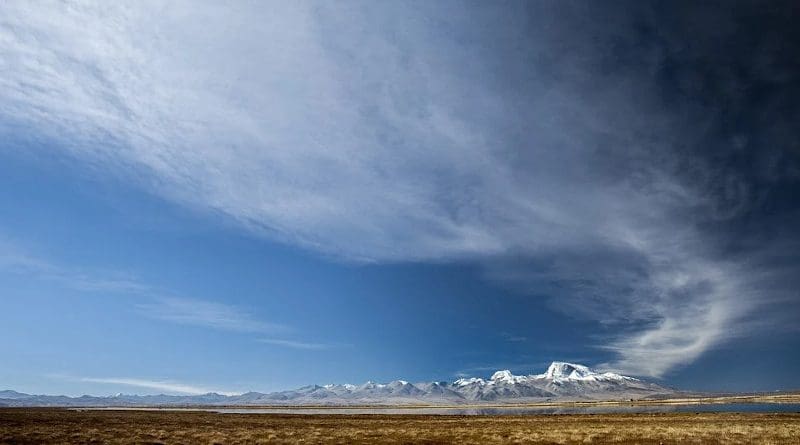Russian Wildfires And Tropospheric Ozone Pollution Over Northern Tibetan Plateau
Atmospheric ozone, which can regulate the amount of incoming ultraviolet radiation on the Earth’s surface, is important for the atmospheric environment and ecosystems. Tropospheric ozone, primarily originating from photochemical reactions, is the third most prominent greenhouse gas causing climate warming.
A research team led by Dr. Jinqiang Zhang from the Institute of Atmospheric Physics (IAP) of the Chinese Academy of Sciences tried to analyze vertical ozone distributions and explore the influence of deep stratospheric intrusions and wildfires on ozone variation in the northern Tibetan Plateau (TP) during the Asian summer monsoon period.
Their findings were published in Atmospheric Research.
Ozone variation over the TP can influence weather and climate change. Unfortunately, surface observation sites on the northern TP are sparse due to the special terrain and harsh climate.
Ozonesonde, developed by the Key Laboratory of Middle Atmosphere and Global Environment Observation at IAP, was released over the northern TP in 2016, 2019, and 2020.
The researchers found that the deep stratospheric intrusion contributed to the occurrence of large ozone partial pressure in the troposphere.
“We also found that the large wildfire smoke occurring around central and eastern Russia in July 2016 caused ozone pollution in the troposphere over the northern TP, via long-range transport processes,” said Dr. Dan Li, the corresponding author of the study.
The researchers warn that due to global warming, wildfires will increase and more pollution can be transported across China via long range.

